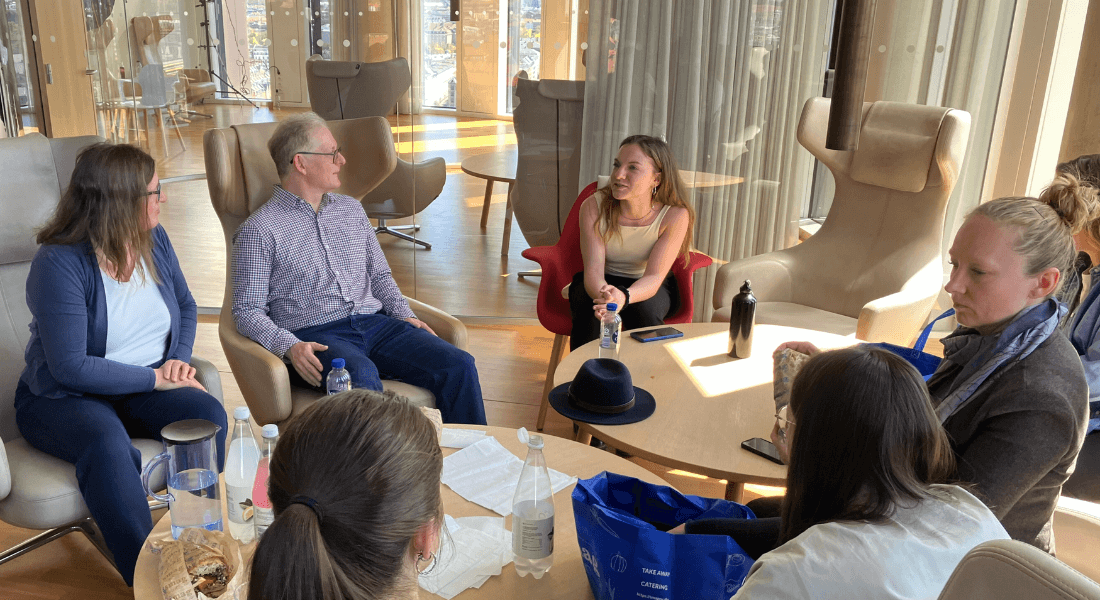Andy and the STEM-PD journey
reNEW Copenhagen has been visited by a very special guest: patient #8 and thus the last to be transplanted in the STEM-PD transplantation clinical trial study for Parkinson’s disease. Andrew Cassy and his wife Nicola, both UK citizens, came to Copenhagen to visit reNEW and meet with Associate Professor Agnete Kirkeby who has led the preclinical development of the STEM-PD product.

He was diagnosed with Parkinson’s disease in 2010 at the age of 44, a relatively young onset for the condition, and he immediately started to get involved in various research studies.
“It has become a mission for me to find out as much as possible and being involved in research. It gives me a feeling of more control of the disease”, Andrew Cassy said.

When he was offered to participate in the STEM-PD trial, he accepted as his symptoms had worsened with time. Already the day after the surgery, Andrew Cassy was able to get up and walk. He never felt any changes inside his head. And his main challenges are about managing the complex medication schedule of more than 30 tablets daily and the regular checkup PET scans that require him to be off medication, which is uncomfortable and sometimes extremely painful due to symptoms like restless legs and cramps. Andrew Cassy stressed that it helps to be in good shape:
“Stay fit! Table tennis is my sport and has been so helpful for me in coping with this condition”
Agnete Kirkeby gave a very personal summary of her journey from early research days to this point of testing safety and efficacy in humans.
“STEM-PD is my ‘fourth child’, and it has now been on my mind for 10-15 years”, said Agnete Kirkeby.
She highlighted that one of the major successes of currently ongoing trials so far is the lack of rejection or negative effects from the stem cell transplants. And then she emphasized the importance of patient involvement in the research process:
“PET scans are uncomfortable for the trial participants, but this is how we can assess the survival of the cells and their functionality. These scans provide unbiased insights into the effectiveness of the treatment.”

Andrew Cassy expressed optimism but acknowledged the uncertainties of the trial process:
“I hope it works for me. But really, I am in it for the broader purpose. I feel that I should bubble wrap my head to protect it as it is now part of an experiment.”
Read this article or listen to the podcast if you want to know more about Andrew Cassy.
